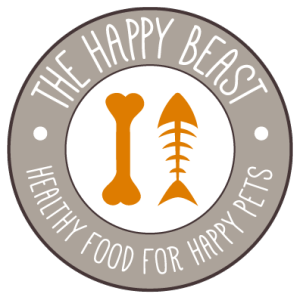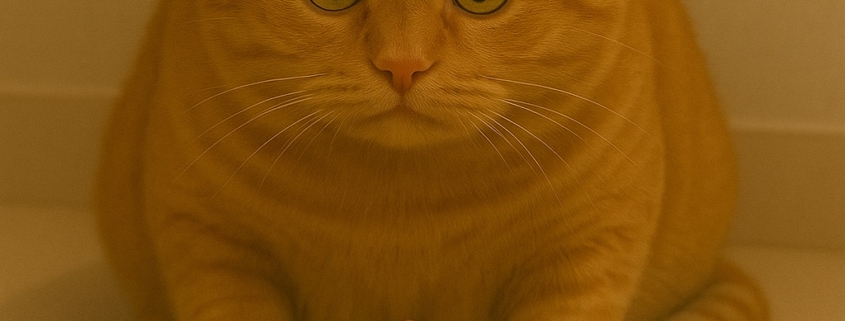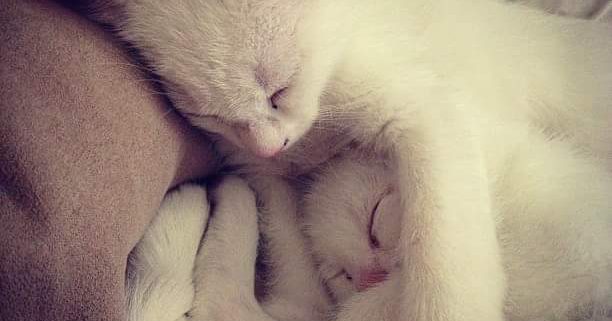Inflammation is a healthy and normal response the immune system uses for healing, but if not kept in check, can cause pain and more damage. For animals suffering from chronic inflammation and inflammatory diseases, we look for diets that are anti-inflammatory instead of pro-inflammatory.
When is inflammation a good thing?
Inflammation is a useful response of the immune system to attack foreign debris, objects, viruses and bacteria. When the body is attacked, white blood cells surge to the affected area to combat possible infection and to repair or destroy affected cells. The increase of blood flow and the release of healing chemicals cause the affected tissue to warm and swell, which creates pressure or pain. In acute cases, inflammation is a great response, it lets us know we are hurt, and it helps us to recover.
Inflammatory Disorders
Chronic inflammation results in conditions like ear infections, allergies, arthritis, colitis, IBD and IBS, dermatitis and pancreatitis, and can cause cancer and chronic pain. Most inflammatory disorders begin as a healthy immune response. Inflammatory disorders develop for a few different reasons. 1) The cause of initial inflammation is not eliminated, 2) the immune system responds to the pain resulting from the initial inflammation and more inflammation occurs to treat the existing inflammation, or 3) the body suffers from an autoimmune condition where the immune system mistakes healthy tissue for a pathogen, and the body attacks itself.
Anti-inflammatory Diet
Unfortunately, we can’t control everything that contributes to inflammation, but we can control what our animals eat. Because the body’s natural response is inflammation, we choose foods that keep that response in check. This is especially important for animals suffering from disease, but healthy animals benefit from an anti-inflammatory diet as well.
- Feed raw, species appropriate foods
Remember, inflammation occurs when something foreign enters the body, so we want to feed our animals foods that the body recognizes and accepts as natural nutrition. Our animals evolved eating fresh meat, and we can mimic that with species appropriate raw diets that are either frozen, freeze-dried or dehydrated.
- Dogs may benefit from added fruits and vegetables
Fruits and veggies with anti-inflammatory properties like berries, cruciferous vegetables (like brussels sprouts, kale and spinach), and dark leafy greens. Some commercially available raw foods, like SmallBatch and Bravo include these ingredients in their dog food formulas. For cats, we always want to avoid plant-based proteins and carbohydrates.
- Avoid kibble and other highly processed foods
High cooking temperatures actually increase the pro-inflammatory property of the food. Processed, dry dog food (we call “kibble”) are heated to temperatures of 400°, resulting in denatured proteins and high levels of AGEs, both of which can trigger an inflammatory response.
Inflammation Fighting Supplements



